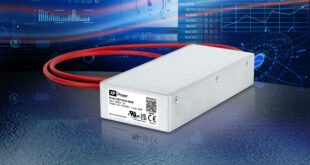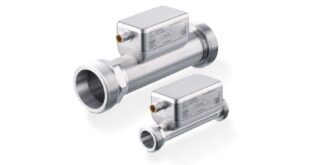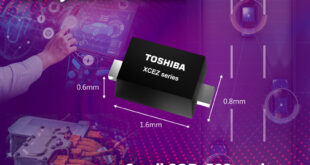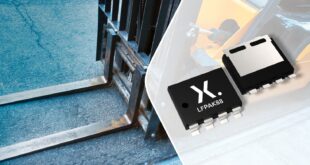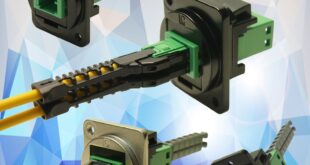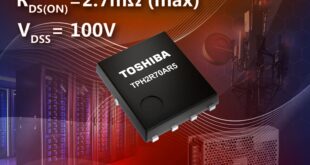It is available for use in harsh automotive environments and extended temperature ranges. The mixed-signal TC35679IFTG contains both analogue RF and baseband digital parts to provide a complete solution in a single, compact and low-profile, 40-pin 6mm x 6mm x 1mm QFN ‘wettable flank’ package, with a pin pitch of 0.5mm.
The TC35679 provides Bluetooth Host Control Interface (HCI) functions alongside low energy GATT profile functions (as defined by Bluetooth) specifications.
The new IC becomes a fully-fledged application processor when used in conjunction with an external non-volatile memory, or can be used in combination with an external host processor.
The highly integrated device is based on an ARM Cortex-M0 processor and includes a sizeable 384kB of on-board mask ROM to support the Bluetooth baseband process and a further 192kB of on-board RAM for Bluetooth application programs and data.
A key feature of the TC35679 is its ability to form part of sophisticated systems as a result of 17 General Purpose IO (GPIO) lines and multiple communications options including SPI, I2C and a 921.6kbps, two-channel UART.
The GPIO lines offer access to a range of on-chip features including a wake-up interface, four-channel PWM interface, 6-channel AD converter and the ability to control the control interface of an optional external power amplifier for applications requiring a longer reach.
On chip DC-DC converter or LDO circuits adjust the external voltage supply to the required values on chip.
Designed for compliance with AEC-Q100, the low energy IC is primarily intended to be used in automotive applications.
The wettable flank package supports the 100% automatic visual inspection needed to deliver the high levels of soldering quality required to withstand vibration experienced in automotive applications.
Current applications include remote key systems and reducing cables by providing a reliable wireless connection to sensors.
The device will also facilitate remote connection to diagnostic equipment, creating a Bluetooth ‘soft’ On-Board Diagnostic (OBD) port, thereby saving the cost and weight of the associated cabling and OBD connector.
The TC35679 accepts a wide range of supply voltages (1.8-3.6V) making it ideal for automotive applications. Operating temperature range is -40˚C to 105˚C for input voltages from 2.7V to 3.6V and -40˚C to 85˚C from 1.8V to 3.6V.
 Engineer News Network The ultimate online news and information resource for today’s engineer
Engineer News Network The ultimate online news and information resource for today’s engineer
